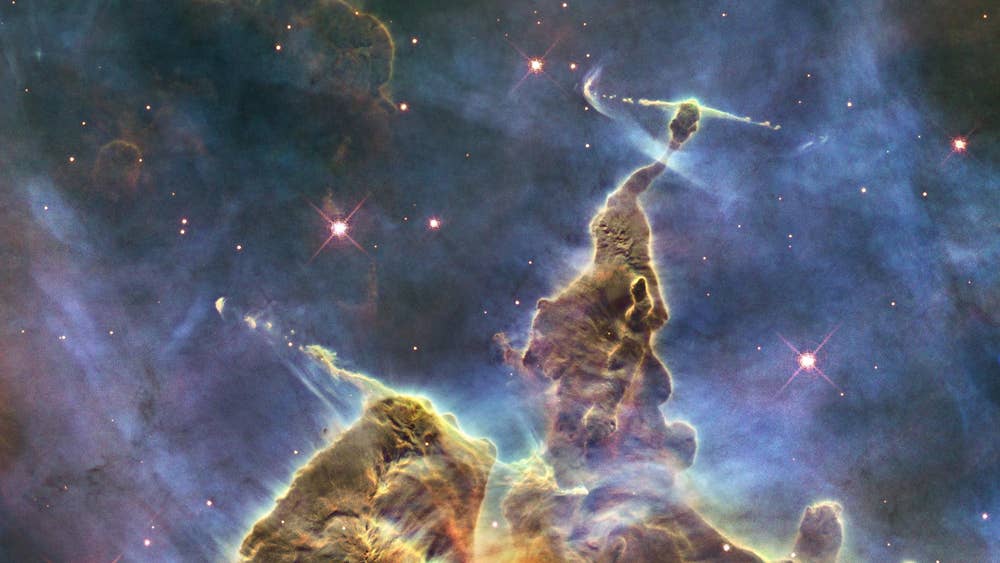‘One could say that this planet gets rainy in the evening, except it rains iron’
Researchers have found an extreme, distant planet where it is thought to rain iron.
One side of the planet, it is permanently day, and the world is hit by temperatures of up to 2400 degrees Celsius. That leads the metals on the surface to evaporate.
But that vaporised metal is then carried by strong winds. over to the other side of the planet, where it is permanently night and much cooler. There, the iron vapour is cooled, and condenses into droplets of iron that then drop over the surface.
“One could say that this planet gets rainy in the evening, except it rains iron,” says David Ehrenreich, a professor at the University of Geneva in Switzerland, who led the study that found the exotic exoplanet.
The world is known as WASP-76b, and is 640 lightyears away, in the Pisces constellation.

(ESO/M. Kornmesser)The particularly extreme environment happens because the planet’s “day side” is always facing towards its parent star; on the other, “night” side there is only perpetual darkness. It is tidally locked like our own Moon, rotating around its axis as it goes around its star.
The day side is hit with many thousands of times more radiation from its star than we receive on the Earth. The heat forces molecules to tear apart into atoms, and sends vaporised metal into the atmosphere.
The difference between the two sides causes winds to whip around the planet, scientists say, carrying the iron vapour from the blazing hot side to the cold one, and dropping it back down as rain.
As well as the different temperatures, the two sides have different chemistries. Astronomers were able to look at the planet using the ESPRESSO instrument on the Very Large Telescope, and spotted distinct variations between the two sides of the planet.




